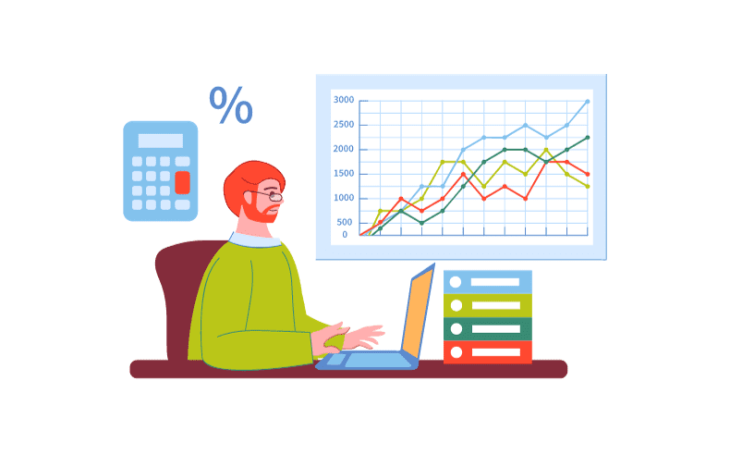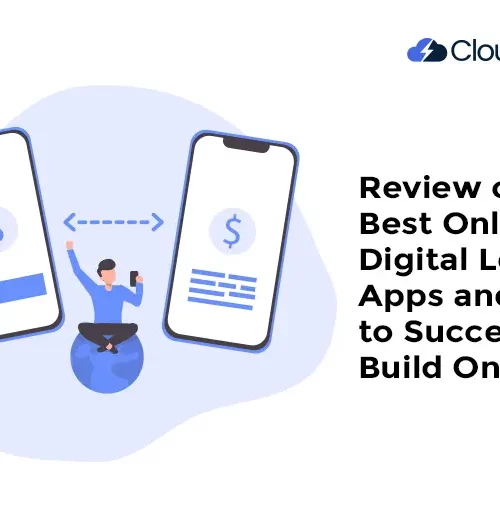
Related Post

Credit Reporting Format For Financial Institutions By The RBI
Credit Reporting Format For Financial Institutions By The RBI Let's

Gold Loans – the Whats, Hows and Whys
Shiny, pure and incredibly valuable, gold is the metal that’s

Review of the Best Online Digital Lending Apps and How to Successfully Build One
Do you recall the days when you would have to

